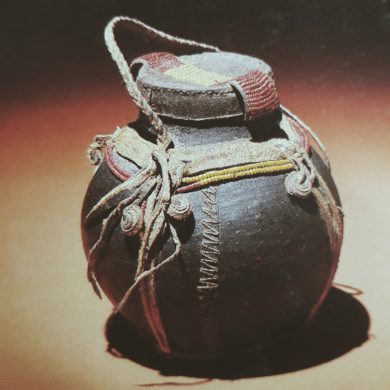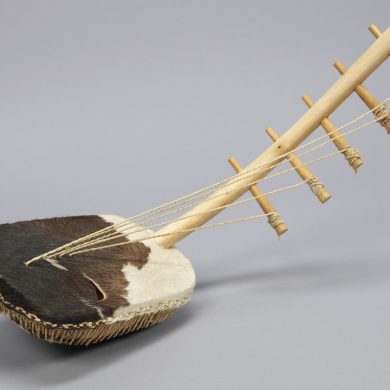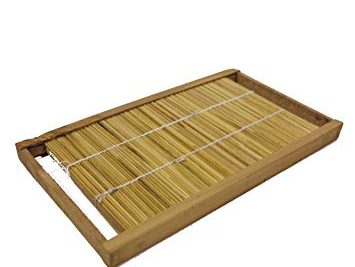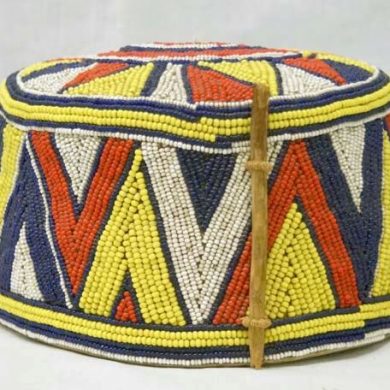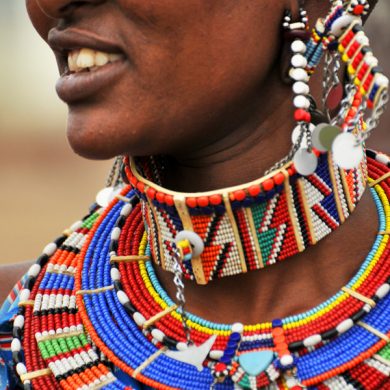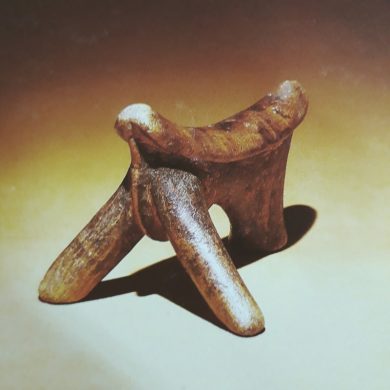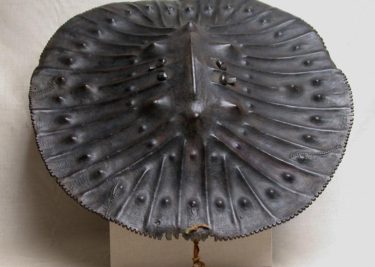#KeArtefacts
A long time ago Kenyan communities engaged in a different way of life. Pastoralism involved trekking expansive lands in between seasons in search of greener pastures.
Within these communities were people of various occupations, such as hunters and gatherers, who relied on a subsistence economy for survival. There were the herbalists and medicine men, the chiefs and even warriors. Then there were the artisans, who were responsible for the creation of an assortment of artefacts, specific to these communities.
The lack of a permanent settlement didn’t hinder the artisans from carving, moulding, painting or stitching. With each new settlement, natural items were found and the artisans would conceptualize and create more distinctive objects that became their communities’ artefacts. They used less fragile materials; the end result was often a display of remarkable craftmanship, beautiful aesthetics, and complexity of design.
The artefacts ranged from vessels, to stools, to walking sticks, and even musical instruments.
We will be revisiting the artefacts of our communities, the items our great great great grandparents used in their day-to-day lives. As always, you – our Paukwa people, are welcome to share in this visit back to the past.





